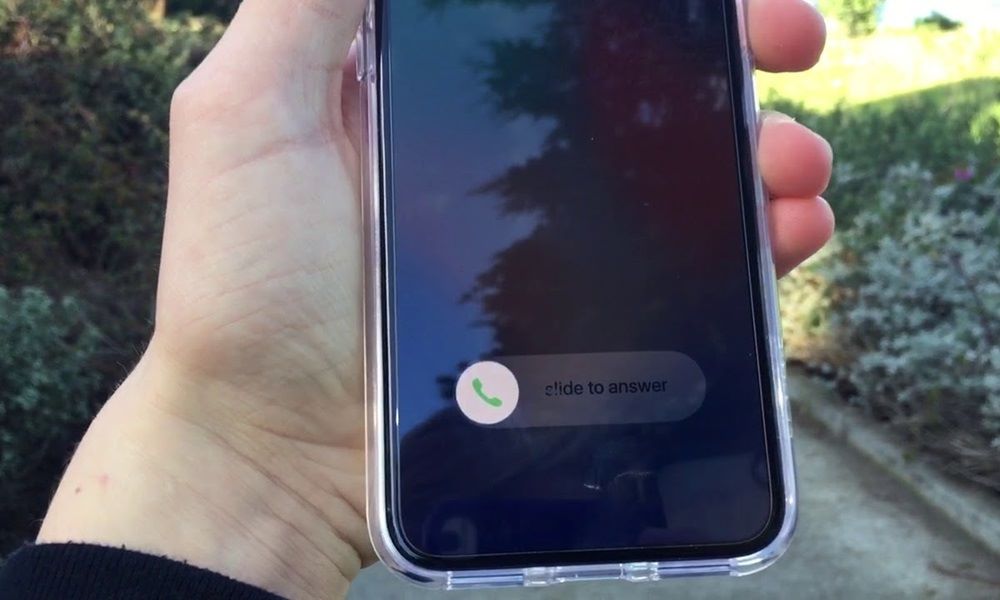How to Detect Phone Tapping: 5 Reliable Methods to Identify Surveillance

Understanding how to detect phone tapping has become increasingly important as surveillance technology becomes more sophisticated and widely available to both legitimate and unauthorized users.

While legitimate surveillance requires legal authorization, unauthorized tapping represents a serious privacy violation that can compromise sensitive information.
Understanding Modern Phone Tapping Methods
Before examining how to detect phone tapping, it's important to understand the various techniques that might be used to monitor your communications.
Modern phone tapping extends far beyond traditional wiretapping to include sophisticated surveillance methods:
- Software-based surveillance using monitoring applications
- Network-level interception through SS7 vulnerabilities
- IMSI catchers and fake cell towers (Stingrays)
- Operating system exploits and security vulnerabilities
- Physical tapping of telecommunications infrastructure
These diverse approaches create different signs and indicators that can help identify possible surveillance, from unusual device behavior to suspicious network activities that might indicate monitoring.
Signs That Indicate Possible Phone Tapping
Recognizing potential indicators is the first step in understanding how to detect phone tapping on your device. While these signs don't definitively prove surveillance, multiple symptoms appearing simultaneously warrant further investigation.
Common indicators that might suggest phone tapping include:
- Unusual battery drain or heat during idle periods
- Unexpected data usage spikes without explanation
- Random device activity like lighting up, shutting down, or making noises
- Background noise during calls (clicking, echoes, static)
- Delayed shutdown or constantly running processes
- Unfamiliar applications or processes appearing in the system
- Unexpected text messages with random characters or codes
- Difficulty powering off the device completely
- Unusually slow performance even after restarts
These warning signs represent potential indicators that someone might be monitoring your communications, particularly when multiple symptoms appear simultaneously or persist despite troubleshooting attempts.
5 Methods to Detect Phone Tapping
Beyond using specialized security applications like SafeMyKid, several other approaches can help you detect potential phone tapping. Here's an overview of 5 additional effective methods.
1. Use Code-Based Diagnostics
Certain mobile service codes can reveal information about call forwarding and redirection that might indicate surveillance. These diagnostic codes are entered directly into your phone's dialer app to query network settings that could reveal tapping.
For call forwarding detection, codes like *#21# (check all forwarding), *#62# (check when unreachable), or *#67# (check when busy) can reveal if your calls are being redirected to another number without your knowledge.
These codes prompt your device to display current forwarding settings, which should all be disabled unless you've specifically activated these features.
Pros:
- No additional software or tools required
- Works on most GSM phones regardless of model
- Provides immediate results without technical knowledge
- Directly queries carrier network settings
Cons:
- Limited to detecting certain types of call redirection
- Doesn't detect software-based surveillance
- Carrier and phone model compatibility varies
- Cannot detect sophisticated tapping methods
2. Monitor Battery and Resource Usage

Surveillance software typically consumes significant battery power and system resources while operating in the background. Monitoring these patterns can help identify unusual activity that might indicate tapping.
Most modern smartphones include battery usage statistics in their settings menu, showing which applications and processes are consuming power.
By regularly checking these statistics, you can identify unfamiliar processes or applications using disproportionate resources, particularly when the phone should be idle or during times you're not actively using it.
Pros:
- Uses built-in system tools without additional software
- Provides objective data about resource consumption
- Can reveal hidden processes not visible in app drawers
- Works across all phone types and operating systems
Cons:
- Requires manual monitoring and pattern recognition
- Some legitimate system processes may appear unfamiliar
- Sophisticated tapping may use optimization to hide the usage
- Baseline usage patterns vary between devices
3. Perform Network Traffic Analysis
Analyzing your device's network traffic can reveal suspicious data transmissions that might indicate surveillance. This technical approach examines the data being sent from your device to identify potentially unauthorized communications.
Network analysis typically requires specialized applications that can monitor data traffic, identifying unusual patterns or connections to suspicious servers.
Tools like network monitors or packet sniffers can reveal when your phone is transmitting data during periods when it should be inactive, potentially indicating background surveillance activities.
Pros:
- Can detect sophisticated surveillance that evades other methods
- Provides detailed information about data transmission patterns
- Identifies specific servers receiving your information
- Works against various tapping techniques
Cons:
- Requires technical knowledge to implement effectively
- Most comprehensive tools require rooted/jailbroken devices
- Difficult to distinguish between legitimate and suspicious traffic
- Resource-intensive process for continuous monitoring
4. Conduct Radio Frequency Scanning
Radiofrequency (RF) scanning can identify unauthorized transmission signals that might indicate certain types of surveillance equipment. This approach uses specialized hardware to detect unusual wireless signals in your vicinity.
Professional RF detectors scan for unexpected signals across various frequency ranges, potentially identifying transmitters attached to your phone or operating nearby.
While consumer-grade detectors have limitations, professional equipment can identify sophisticated surveillance through their transmission signatures.
Pros:
- Can detect physical tapping devices and transmitters
- Works against hardware-based surveillance methods
- Provides immediate feedback about environmental signals
- Effective against traditional wiretapping approaches
Cons:
- Requires specialized equipment that can be expensive
- Limited effectiveness against software-based surveillance
- Significant technical knowledge is needed for proper interpretation
- Many legitimate signals may create false positives
5. Observe Unusual Text Messages
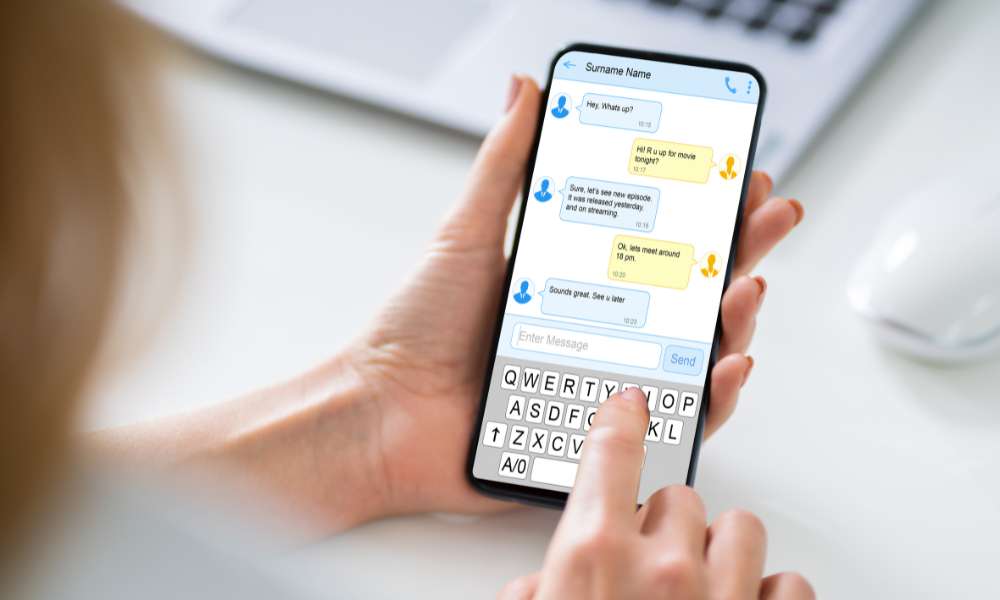
Some surveillance applications send coded or seemingly random text messages as control communications or status updates. Monitoring for these unusual messages can provide clues about hidden monitoring software on your device.
These surveillance control messages typically contain random character strings, symbols, or code-like content that wouldn't appear in normal communications.
They may arrive from unknown numbers or international sources and often appear momentarily before automatically disappearing from your messaging app.
Pros:
- No specialized tools are required for basic observation
- Many surveillance apps rely on these control messages
- Provides concrete evidence of potential monitoring
- Often reveals the phone number controlling the surveillance
Cons:
- Advanced surveillance may not use visible messaging
- Requires regular message monitoring to catch
- Some legitimate automated messages may appear as similar
- Messages may be designed to appear legitimate
SafeMyKid - The Leading Solution for Phone Tapping

When investigating phone tapping effectively, SafeMyKid stands out as the premier solution with its advanced surveillance detection capabilities.
This powerful security application is specifically designed to identify unauthorized monitoring software, suspicious processes, and other indicators of phone tapping.
SafeMyKid's sophisticated detection engine scans your device for signs of surveillance, identifying hidden applications, unusual system processes, and suspicious permission settings that might indicate phone tapping.
For individuals concerned about privacy and security, this comprehensive detection tool provides professional-grade surveillance identification without requiring specialized technical knowledge.
Key Features of SafeMyKid for Phone Tapping
When exploring how to detect phone tapping, SafeMyKid offers several specialized capabilities specifically designed to identify surveillance:
- Complete Surveillance Detection - Identifies all forms of monitoring software through comprehensive system scanning technology.
- Spyware Identification - Detects known surveillance applications using an extensive database of tapping software signatures.
- Hidden Process Discovery - Reveals concealed background processes that might indicate phone tapping activity.
- Real-Time Tapping Alerts - Provides immediate notifications when potential surveillance activities are detected on your device.
- Tapping Vulnerability Assessment - Identifies security weaknesses that could be exploited for phone interception.
How to Use SafeMyKid for Phone Tapping
Step 1.Sign up for an Account
Go to the official SafeMyKid website and create an account using your email.
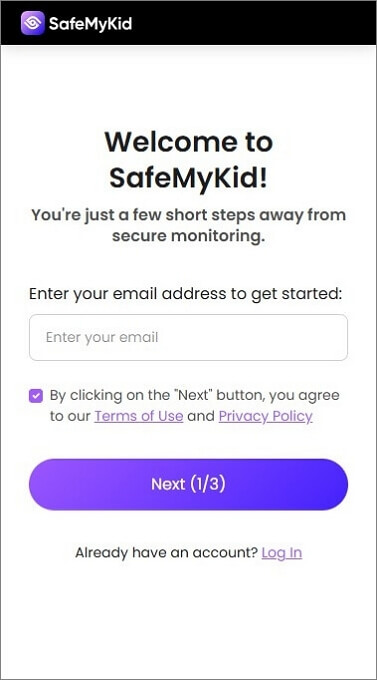
Step 2. Set up SafeMyKid App on The Target Phone
For iPhones - No installation is needed! Just log in with the target's iCloud credentials.
For Android, download the SafeMyKid app from the phone you want to monitor.
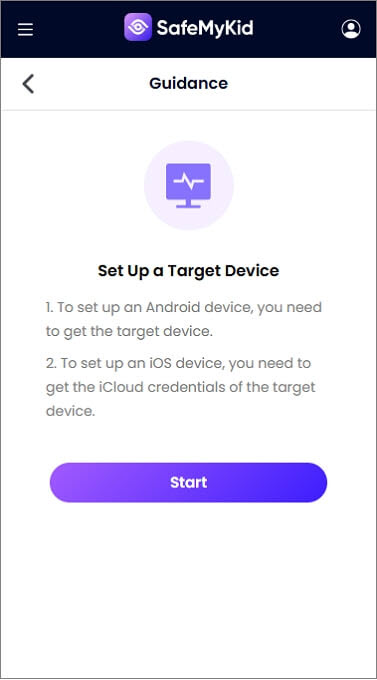
Step 3. Tap a Phone in Real-Time
Log into your SafeMyKid dashboard from any device. View live GPS location, call logs, messages, and social media chats. Set up geo-fencing alerts to receive instant notifications.
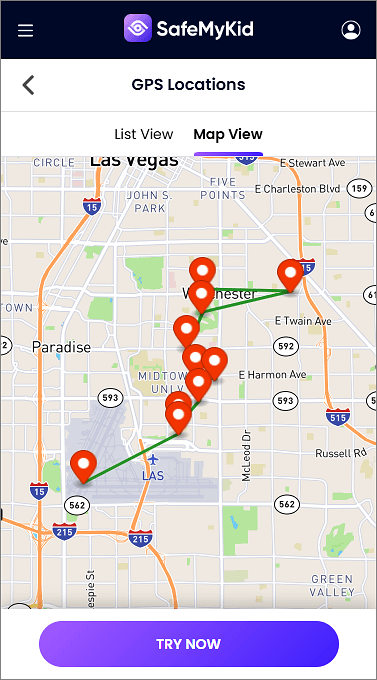
How to Protect Your Phone Against Tapping
Beyond detection, implementing preventative measures is essential to protect against phone tapping attempts:
Keep Software Updated - Regular operating system and application updates patch security vulnerabilities that could be exploited for surveillance.
Use Strong Authentication - Enable biometric authentication, strong PIN codes, and two-factor authentication for all accounts to prevent unauthorized access.
Install Security Applications - Use reputable security software that can detect and prevent unauthorized monitoring attempts.
Be Selective With App Permissions - Carefully review permissions requested by applications, denying access to sensitive areas like microphone or location unless absolutely necessary.
Avoid Suspicious Links and Applications - Never click unknown links or install applications from untrusted sources that could contain surveillance capabilities.
Secure Physical Access - Maintain physical control of your device, as many surveillance solutions require at least brief access to install.
Use Encrypted Communications - Prioritize end-to-end encrypted messaging and calling applications that make interception significantly more difficult.
Regularly Audit Installed Applications - Periodically review all installed applications, removing those you don't recognize or no longer use.
Consider a Security-Focused Device - For maximum protection, specialized security-hardened phones offer enhanced protection against surveillance.
These preventative measures significantly reduce the risk of successful phone tapping while creating a more secure communications environment overall.
Frequently Asked Questions about Detecting Phone Tapping
Here are answers to common questions about identifying potential surveillance on your phone:
1. Can someone tap my phone without physical access?
Yes, remote phone tapping is possible through several methods, including malicious applications distributed via text messages or emails, network-based interception using specialized equipment, or exploitation of operating system vulnerabilities.
2. Will my phone show signs if it's being tapped?
Most phone tapping methods create at least some detectable signs, including unusual battery drain, unexpected data usage, strange background noises during calls, random device activity, or performance issues.
3. Can phone tapping be done through WiFi networks?
Yes, compromised or unsecured WiFi networks can facilitate certain types of phone tapping or data interception.
Man-in-the-middle attacks on public WiFi can potentially intercept unencrypted communications, while malicious networks can sometimes distribute surveillance software or exploit device vulnerabilities to enable monitoring.
4. Does using a VPN prevent phone tapping?
VPNs (Virtual Private Networks) provide partial protection against certain types of network-based interception by encrypting your internet traffic between your device and the VPN server.
5. How often should I check my phone for tapping?
Regular security checks are advisable, particularly after lending your phone to others, installing new applications, clicking unusual links, or experiencing unexplained behavior changes.
Conclusion
Understanding how to detect phone tapping involves recognizing potential warning signs, implementing technical detection methods, and sometimes seeking professional assistance for a comprehensive security assessment.
While no single approach guarantees complete detection of all possible surveillance methods, combining multiple strategies significantly improves your ability to identify potential tapping.


